Gilsonite can be used in the production of hot mix asphalt or HMA as a modifier agent and is offered for sale in our company.
Gilsonite HMA modifier
Hot mix asphalt, often known as HMA or blacktop, is the most common type of asphalt used in paving operations. HMA is available in a variety of forms, each with its own set of performance characteristics and applications. To improve the quality of the asphalt mix, a number of additives are used in the mixing process. Gilsonite powder is among the best materials to be used in modern construction. Gilsonite is added to this mix to modify the qualities and enhance the performance of the asphalt on the surface. Because gilsonite has a lower viscosity at high temperatures, it can be used in moderate weather conditions. Furthermore, Gilsonite has been able to lower the number of fumes produced while applying the HMA to the surface by reducing the amount of water content, the number of chemicals utilized, and the temperature at which the mix is produced. Due to its bitumen composition, Gilsonite asphalt modifier can aid in the bonding of the binder course and base course while also significantly increasing the life of the asphalt. Gilsonite HMA modifier with a mesh size of 100 mesh, is ideal for binder usage with a softening point of fewer than 200 degrees in order to combine with SBS Polymer Bitumen for the best economical and technical performance. Adding Gilsonite HMA modifier to asphalt can improve its qualities, it can also lower its cost by lowering the width of the base course or binder course and the amount of bitumen required to produce the base course. Employing Gilsonite as a Binder Modifier will eventually result in a thinner layer of asphalt, however, using Gilsonite enables more effective use of asphalt materials by increasing the amount of aggregate and material that is potentially usable. 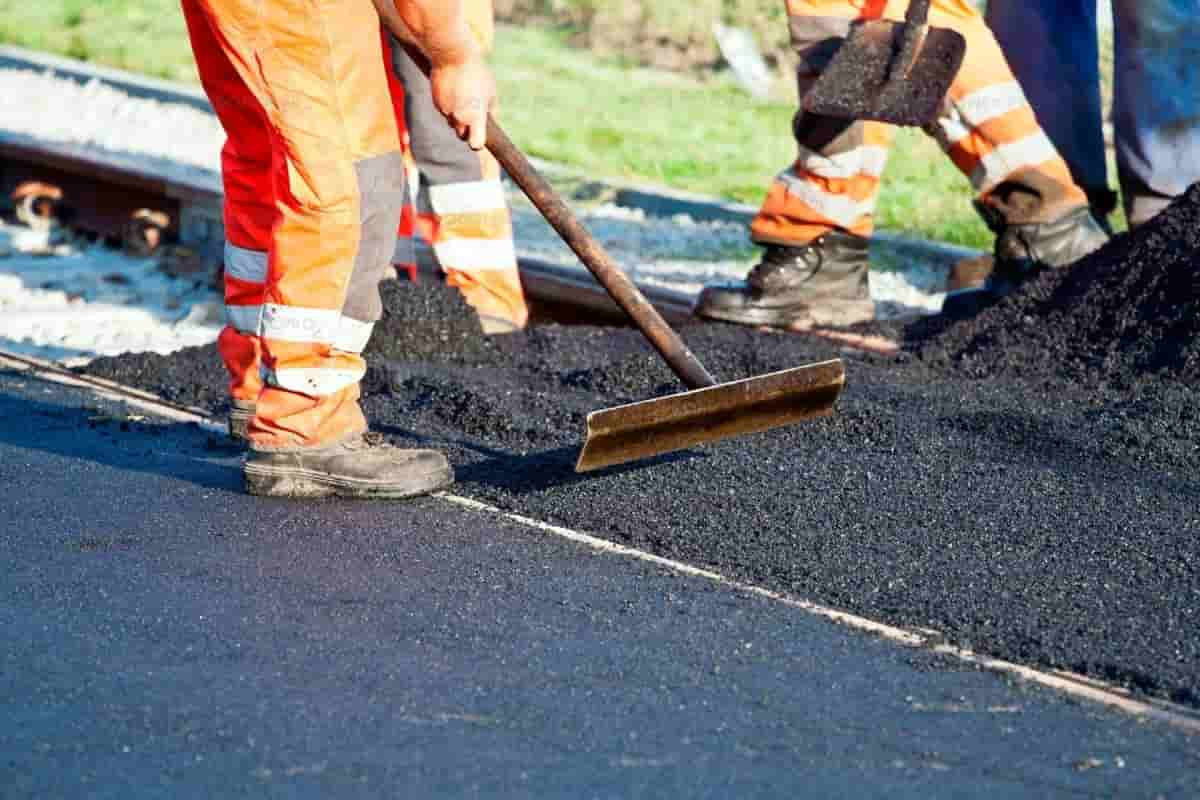
gilsonite modified asphalt emulsion
Gilsonite is a natural hydrocarbon that is widely used in road construction. The main role of gilsonite in road construction is as an additive agent in the asphalt mix. An asphalt emulsion is a substance that is formed when water and asphalt are mixed in a process known as emulsification. Emulsification is a scientific method that involves the utilization of mechanical energy in the form of shearing, heat energy to liquefy the asphalt cement, and the addition of certain amounts of chemical stabilizers. The end product is a chemically treated dispersion of extremely minute asphalt droplets in water. It is critical to remember that asphalt in its emulsified state is currently in a transitional phase. The emulsion acts as a vehicle for applying an asphalt layer onto a specific surface. Asphalt emulsions are purposefully made to be fundamentally unstable. Emulsions are designed to become unstable at precisely the correct time, allowing the emulsion’s fluidity and the cohesive properties of the asphalt to be used to their utmost extent and deliver the largest possible advantage. Asphalt cement occurs in a semi-solid condition at the temperatures at which it is applied. When the emulsion is allowed to separate at a precise point, the unstable asphalt droplets collide and merge to form a continuous film. The rate at which the asphalt develops this continuous layer is influenced by several factors, including the type of asphalt cement used, the water content, the chemical surfactants and additives used, the amount of surfactant used, and how the emulsion is managed. The handling procedure incorporates all of the application conditions. The temperature of the emulsion and the aggregate, as well as the temperature and humidity of the air outside, affect both the rate of emulsion deposition and the rate of ultimate cure. As the temperature rises, so does the rate of emulsion deposition and the rate at which it cures. As a result, adding Gilsonite to the combination has the potential to alter the emulsion’s quality. Furthermore, the significance of the quality of the gilsonite used in the treatment cannot be emphasized. 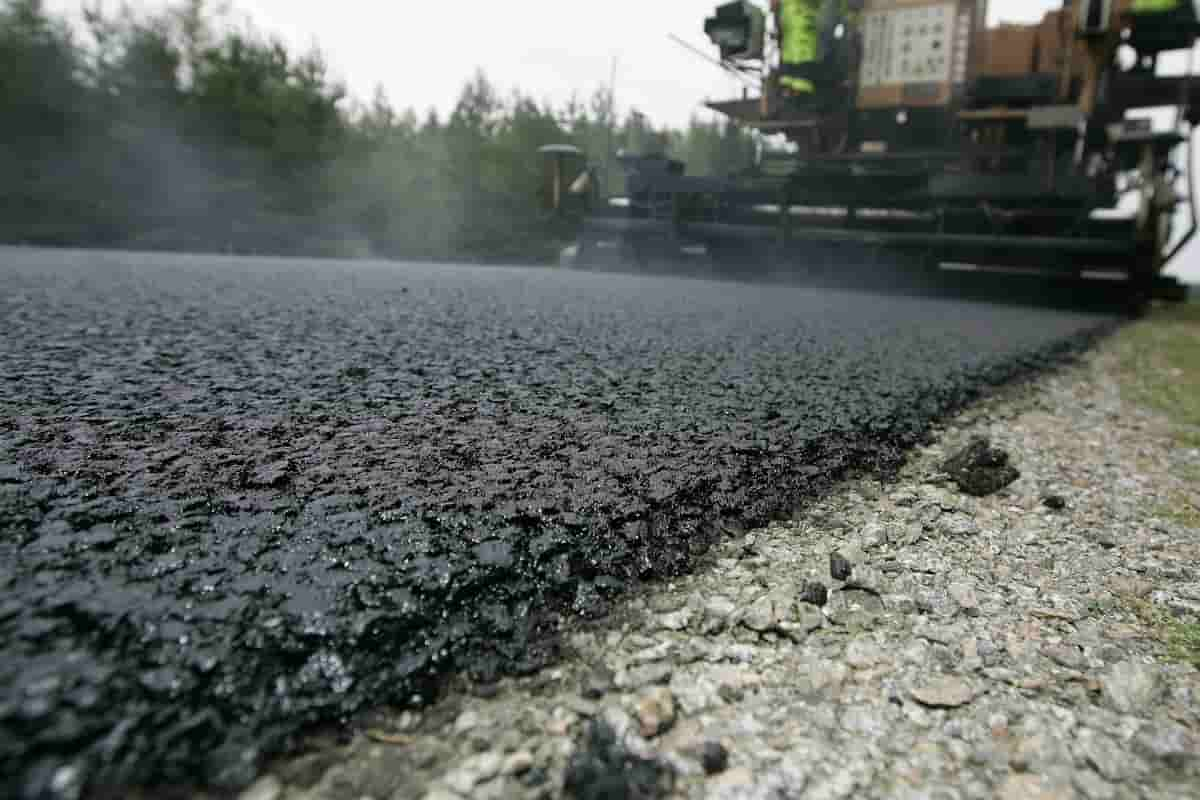
gilsonite asphalt sealer
Gilsonite Sealer is a solvent-based oil asphalt sealer that has some of the same characteristics as asphalt emulsion but is more effective at penetrating the asphalt for maximum rejuvenation. Because of these similarities, Gilsonite Sealer is a viable alternative to asphalt emulsion. Gilsonite sealers can be used for general sealcoating applications; however, due to their design, they are most typically employed for restoring older asphalt that has become oxidized as a result of UV radiation and normal weather wear. Because Gilsonite sealers are solvent-based, the solvents work to soften the top layers of the old asphalt binder, making it easier for the new asphalt binders to combine with it. The application of gilsonite, a naturally occurring and unique form of asphalt that has been enhanced with other natural minerals to create a tougher and stronger asphalt, is where things begin to get interesting. Gilsonite is a rare and naturally occurring type of asphalt. This means that a new top coat of asphalt will be applied, removing the earlier layers that have become oxidized and replacing them as if they were brand new. When it comes to sealing your asphalt surface, whether you choose asphalt emulsion or Gilsonite sealer depends on the purpose of the sealer. If you have new asphalt that is one to two years old, it is in good condition, and you should use an asphalt emulsion or coal tar sealer on the top layer of asphalt so that it does not oxidize in the sun and rain. This will keep the asphalt from hardening and cracking. If your asphalt is at least 5 to 10 years old, or even older, you might consider using Gilsonite sealer to repair the top layer and reduce oxidization. You can eliminate the oxidization and fix the top layer. After restoring your asphalt using the Gilsonite sealer, wait for one to two years before sealing it with a high-quality cover-based sealer, such as asphalt emulsion or coal tar. 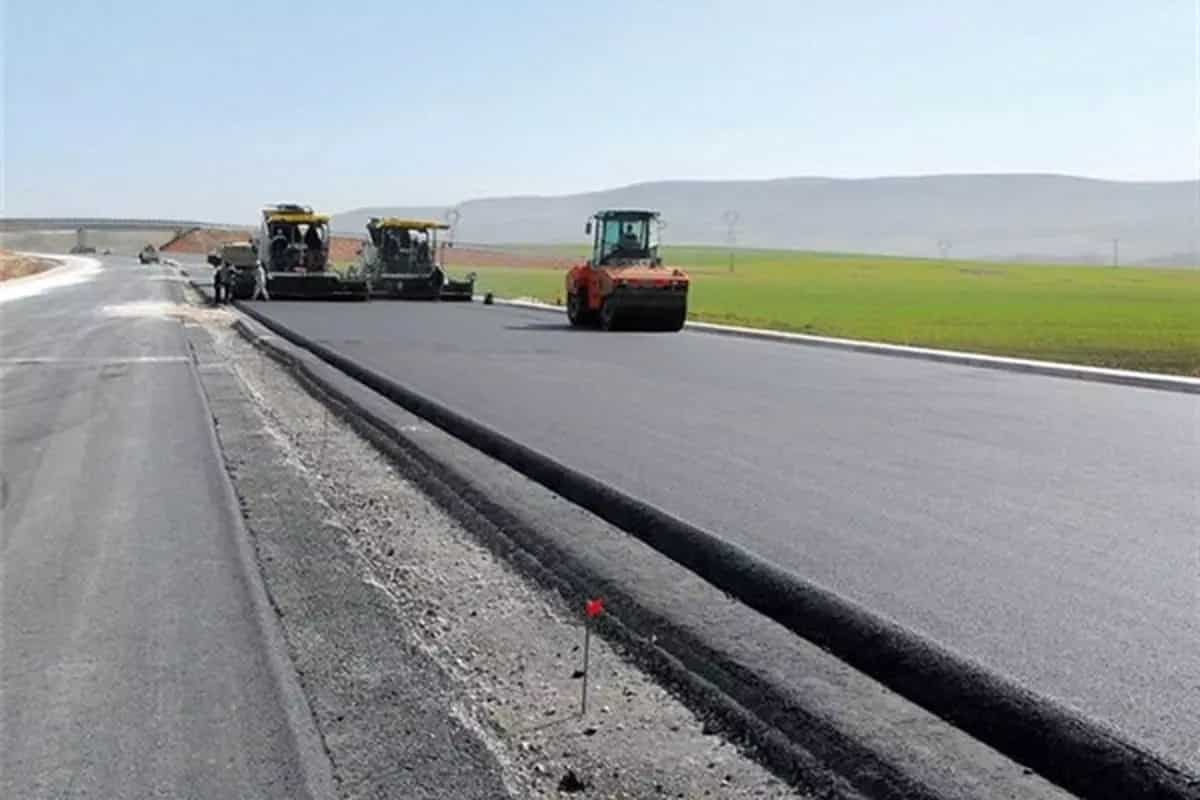
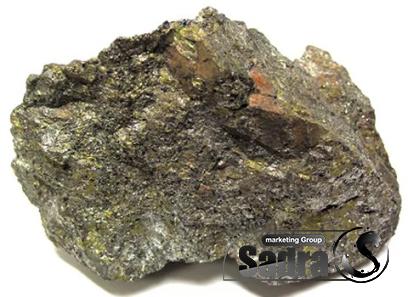
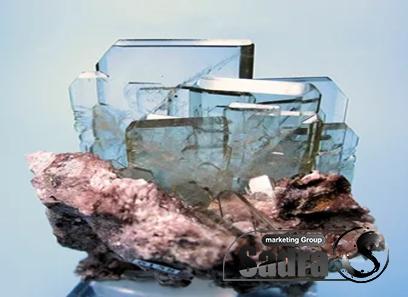
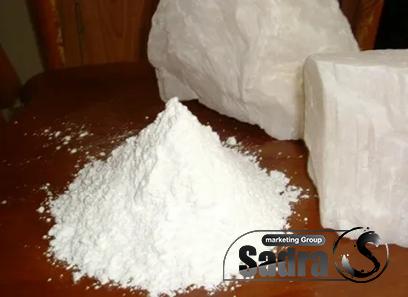
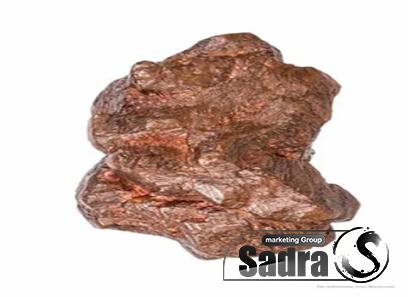
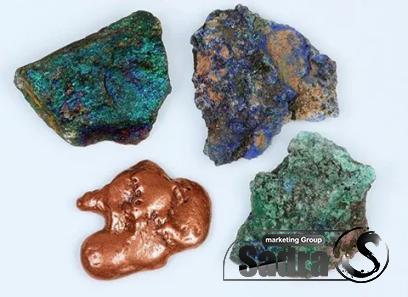

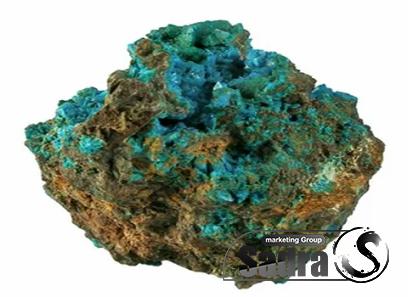
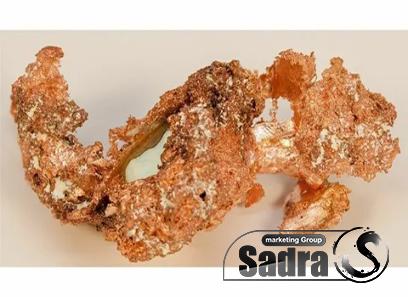
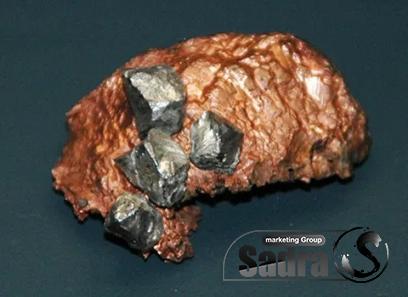
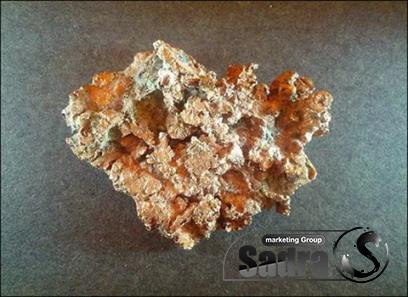
Your comment submitted.